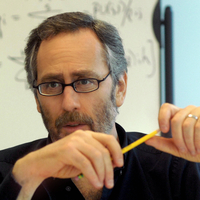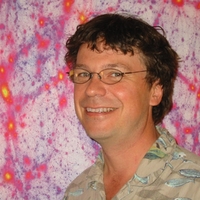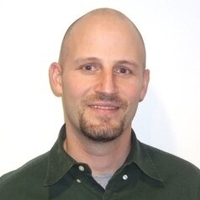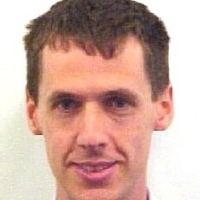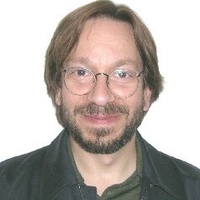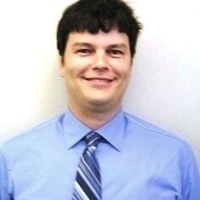Presentation
Progress Since the Presentation of “Millisecond-Scale Molecular Dynamics Simulations on Anton” at SC09
DescriptionIn 2009, we presented a paper at SC09 reporting on the design, construction, and use of Anton 1, a special-purpose supercomputer designed for molecular dynamics (MD) simulations of biomolecular systems. The machine’s specialized hardware dramatically increased the speed of MD calculations, making possible for the first time the simulation of biological molecules at an atomic level of detail for periods on the order of a millisecond -- about two orders of magnitude beyond the previous state of the art. This enabled biomolecular simulations on a timescale at which many critically important, but poorly understood phenomena were known to occur, allowing the observation of biological phenomena that were previously inaccessible to both computational and experimental study.
The following year, we published a paper in the journal Science that reported on our use of Anton 1 to answer longstanding fundamental questions regarding the nature of protein folding and other large-scale structural changes in proteins. Some of our results were derived from an Anton 1 simulation roughly 100 times longer than the longest simulation that had previously been reported.
Over the past 10 years, we have developed and deployed two further generations of the Anton supercomputer. Anton 3 is dramatically faster than Anton 1, and capable of efficiently handling far larger molecular systems. Although general-purpose supercomputers have also become much faster over that period, the performance gap between Anton and general-purpose supercomputers has grown over time -- to a factor of more than 400 for biomolecular systems in a size range of considerable interest within the research and drug discovery communities.
In 2010, we made an Anton 1 machine (later upgraded to an Anton 2) available without cost for noncommercial research use by universities and other nonprofit institutions. Anton time is allocated annually by the National Academies, and a total of 239 outside research groups have thus far conducted independent research projects on these machines.
At D. E. Shaw Research, we have continued using Anton machines both for fundamental research and for internal and collaborative drug discovery, yielding six drugs that are currently in human clinical trials.
This talk will review the contents of our original paper and related progress since its publication.
The following year, we published a paper in the journal Science that reported on our use of Anton 1 to answer longstanding fundamental questions regarding the nature of protein folding and other large-scale structural changes in proteins. Some of our results were derived from an Anton 1 simulation roughly 100 times longer than the longest simulation that had previously been reported.
Over the past 10 years, we have developed and deployed two further generations of the Anton supercomputer. Anton 3 is dramatically faster than Anton 1, and capable of efficiently handling far larger molecular systems. Although general-purpose supercomputers have also become much faster over that period, the performance gap between Anton and general-purpose supercomputers has grown over time -- to a factor of more than 400 for biomolecular systems in a size range of considerable interest within the research and drug discovery communities.
In 2010, we made an Anton 1 machine (later upgraded to an Anton 2) available without cost for noncommercial research use by universities and other nonprofit institutions. Anton time is allocated annually by the National Academies, and a total of 239 outside research groups have thus far conducted independent research projects on these machines.
At D. E. Shaw Research, we have continued using Anton machines both for fundamental research and for internal and collaborative drug discovery, yielding six drugs that are currently in human clinical trials.
This talk will review the contents of our original paper and related progress since its publication.
Presenters
Event Type
Awards
Test of Time
TimeTuesday, 14 November 20233:30pm - 4:15pm MST
LocationMile High Ballroom
Applications
Architecture and Networks
Codesign
TP
W

